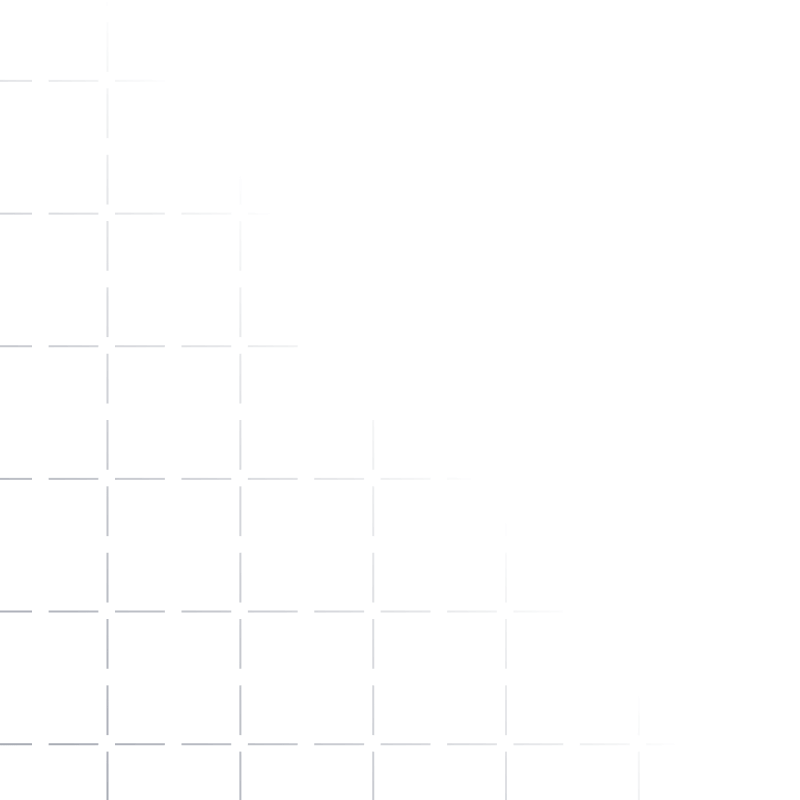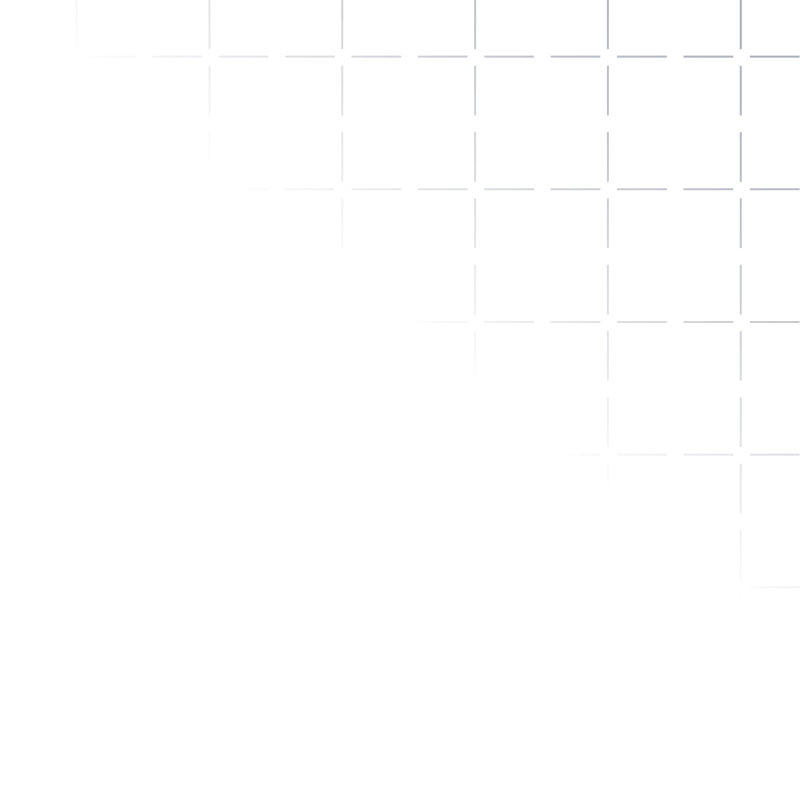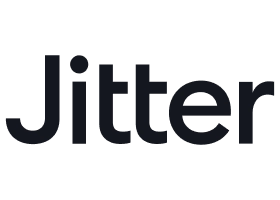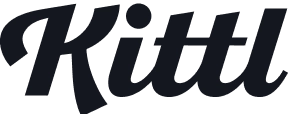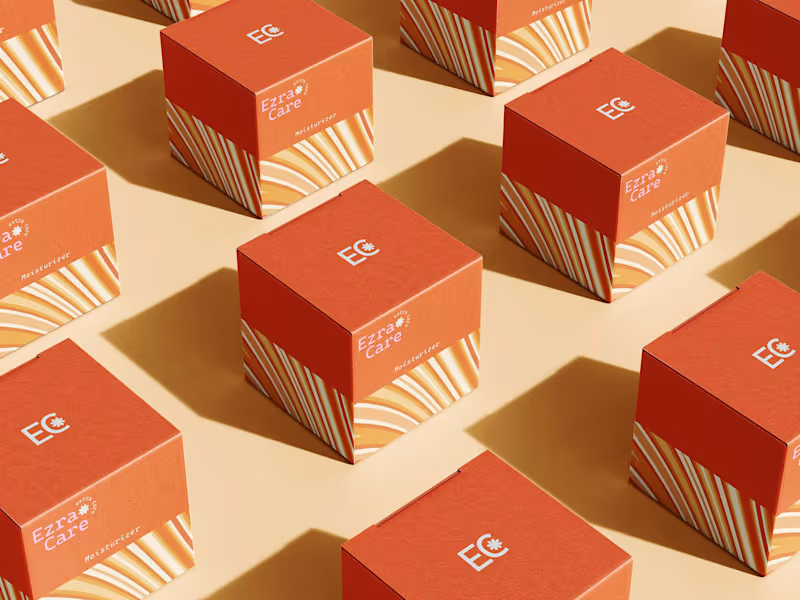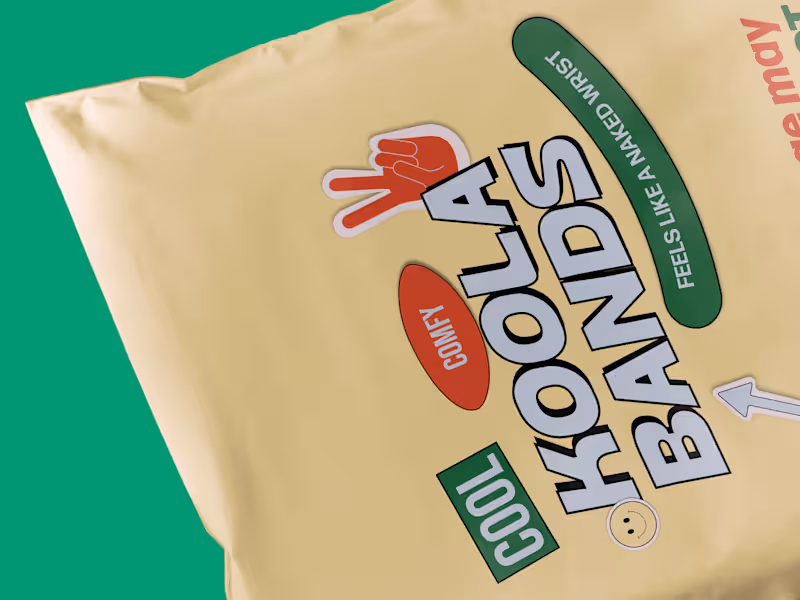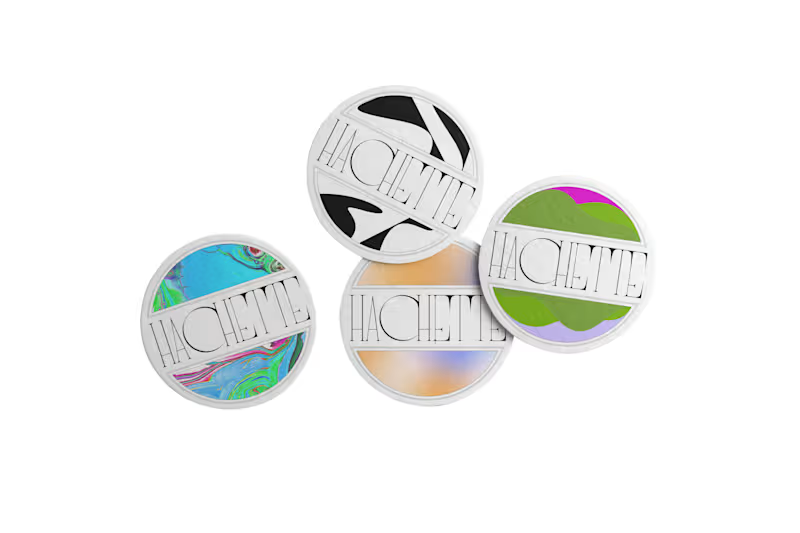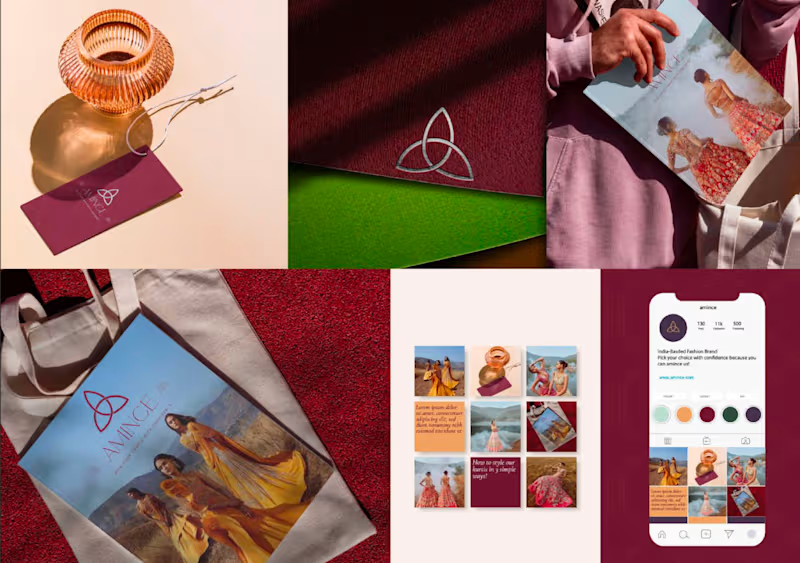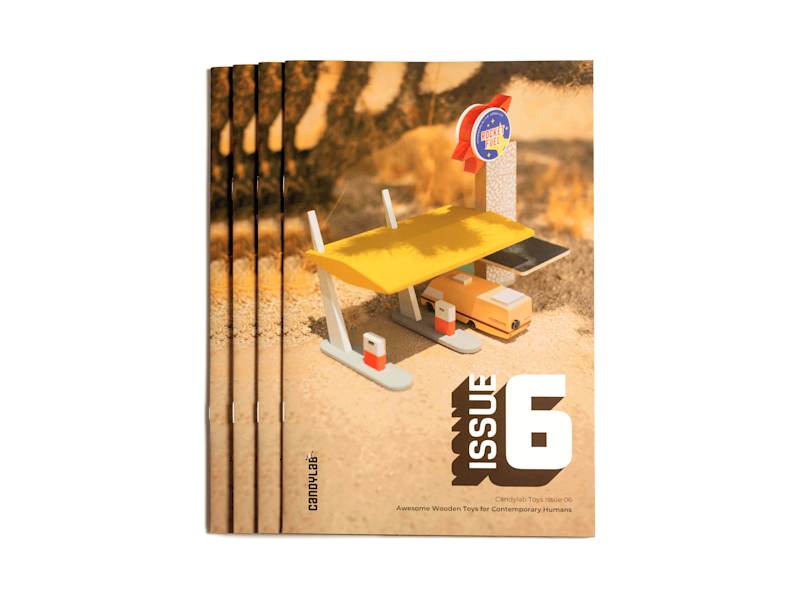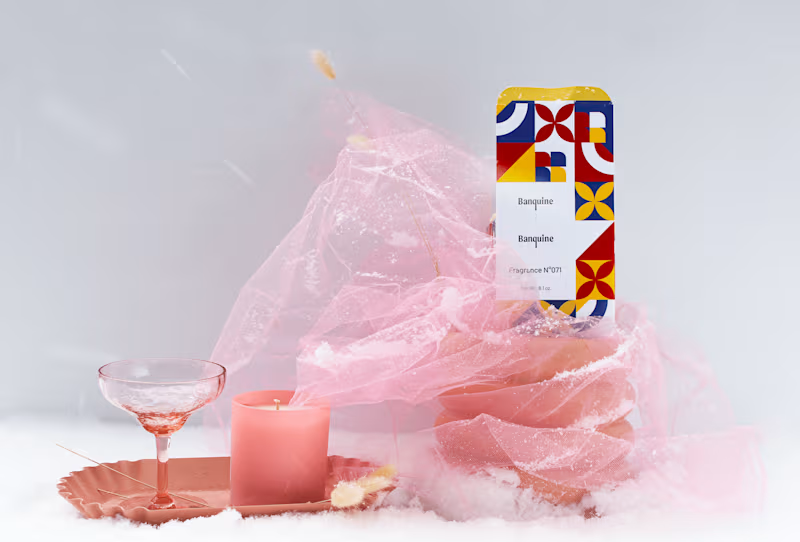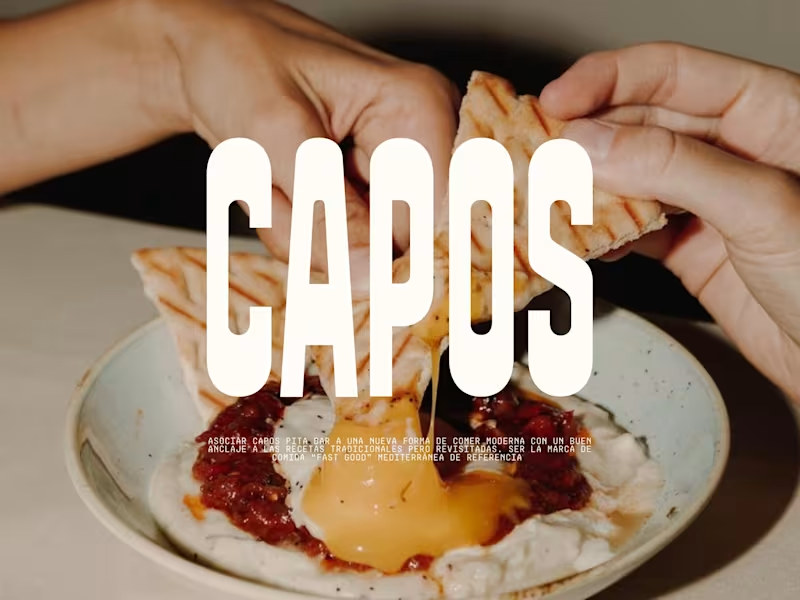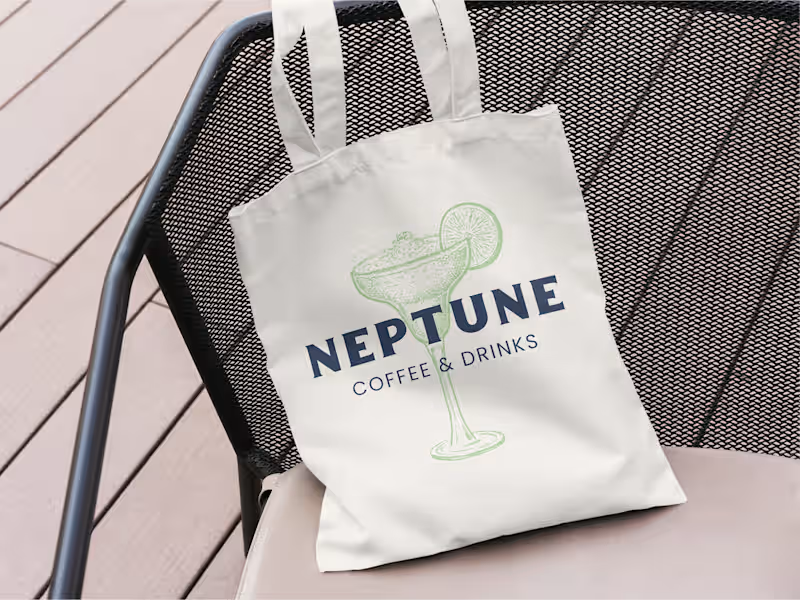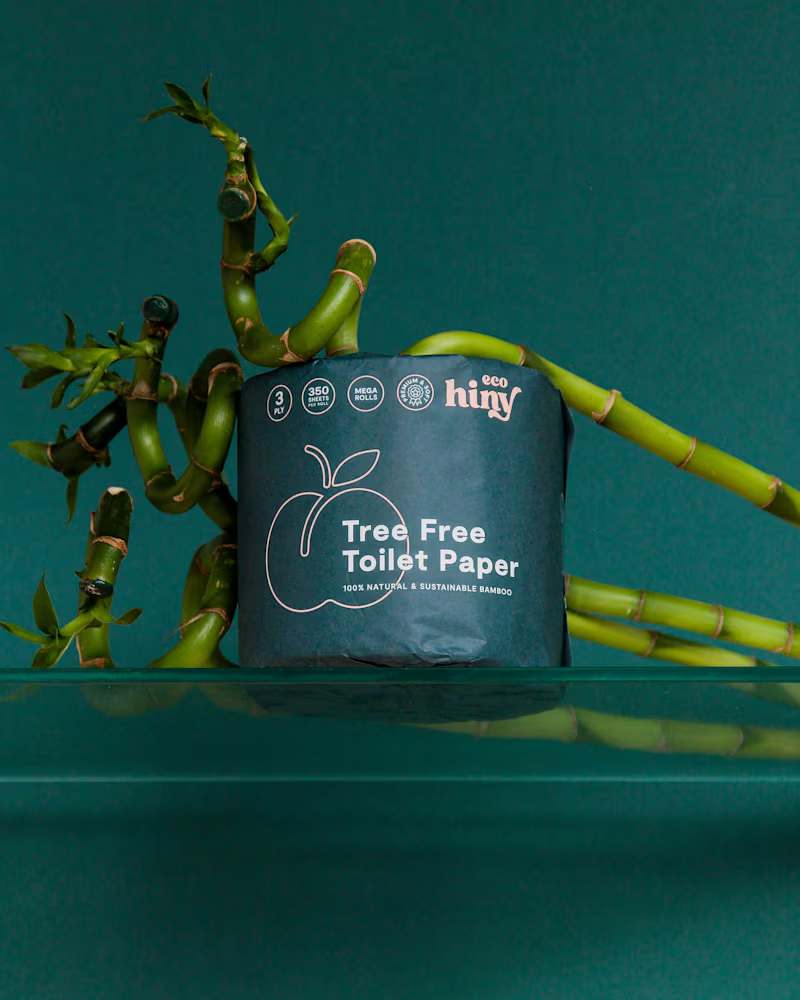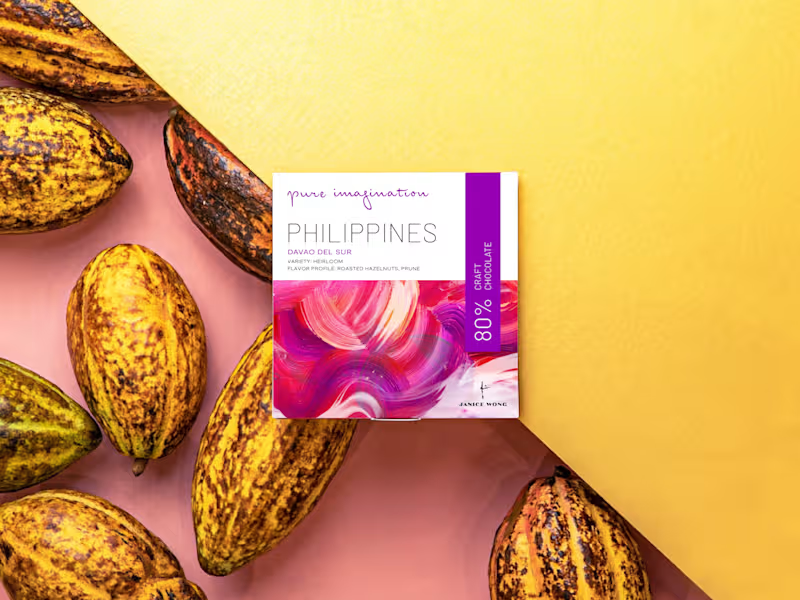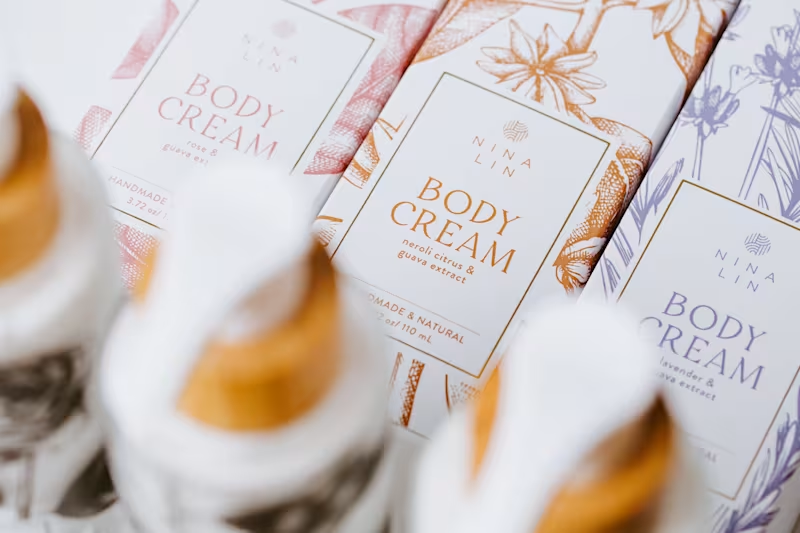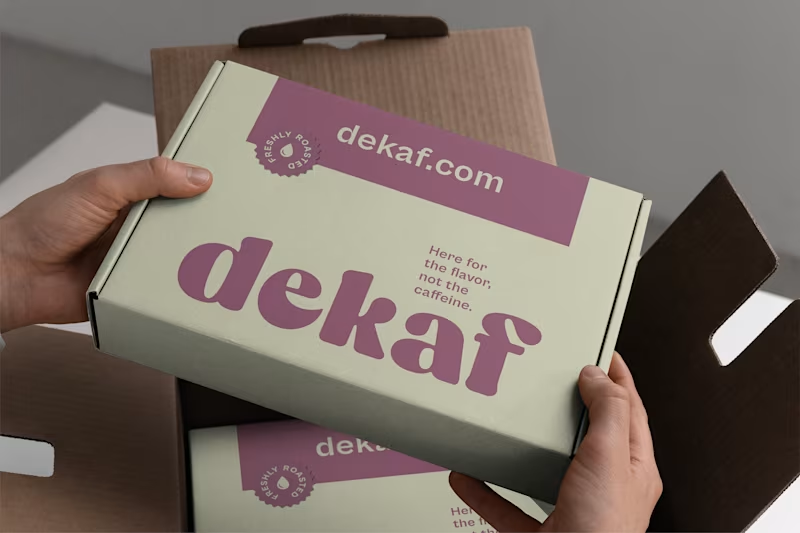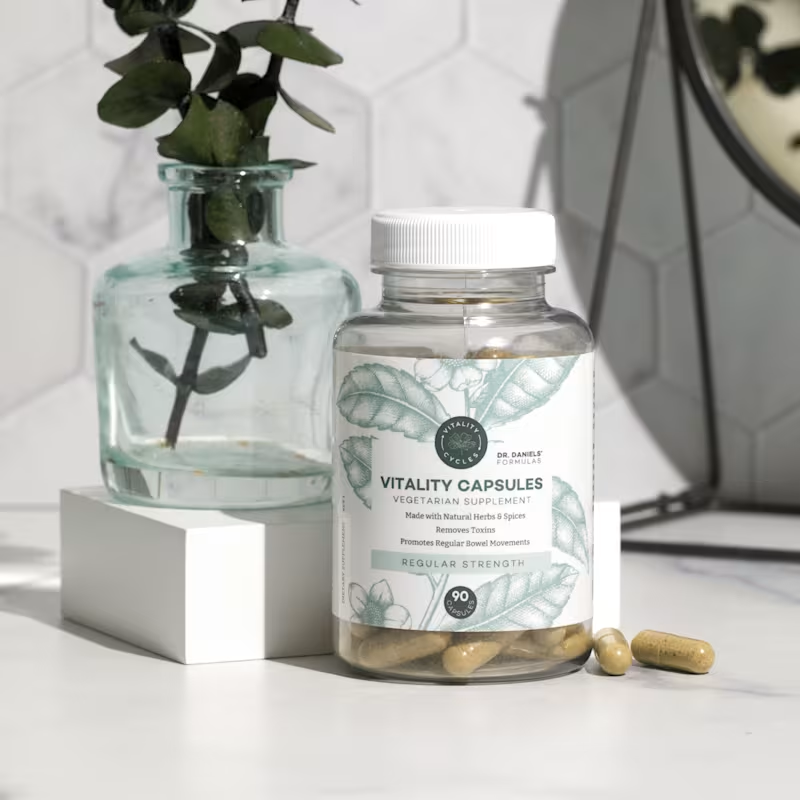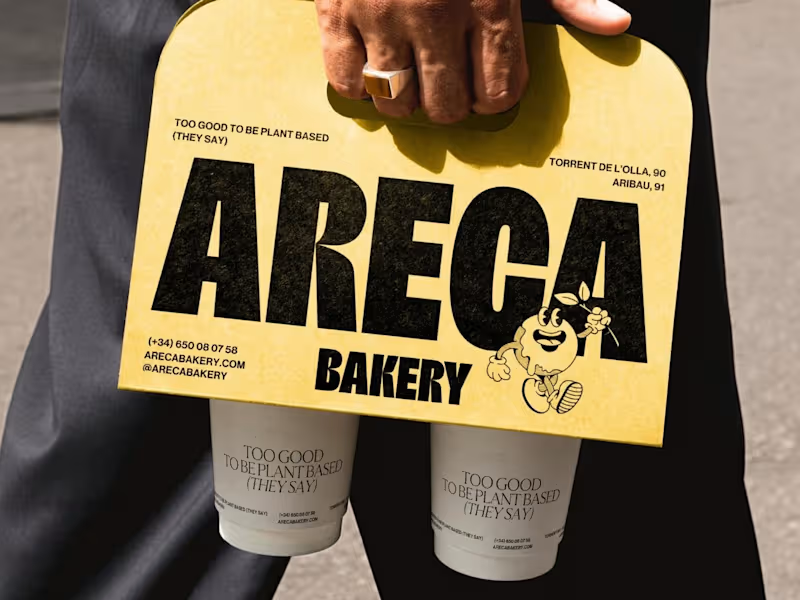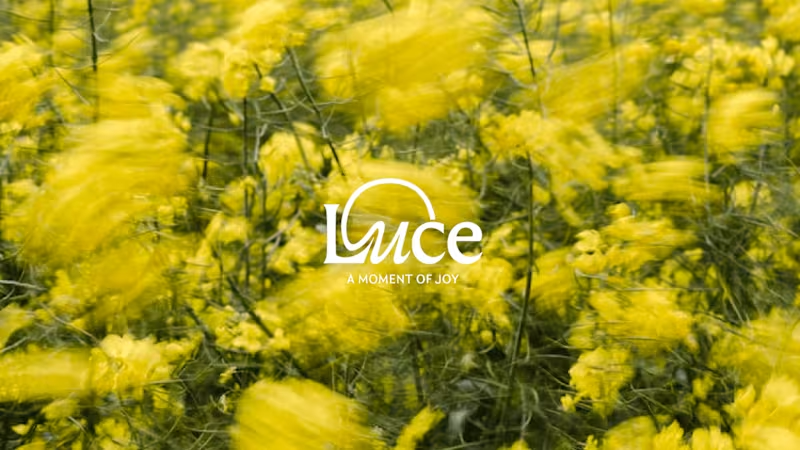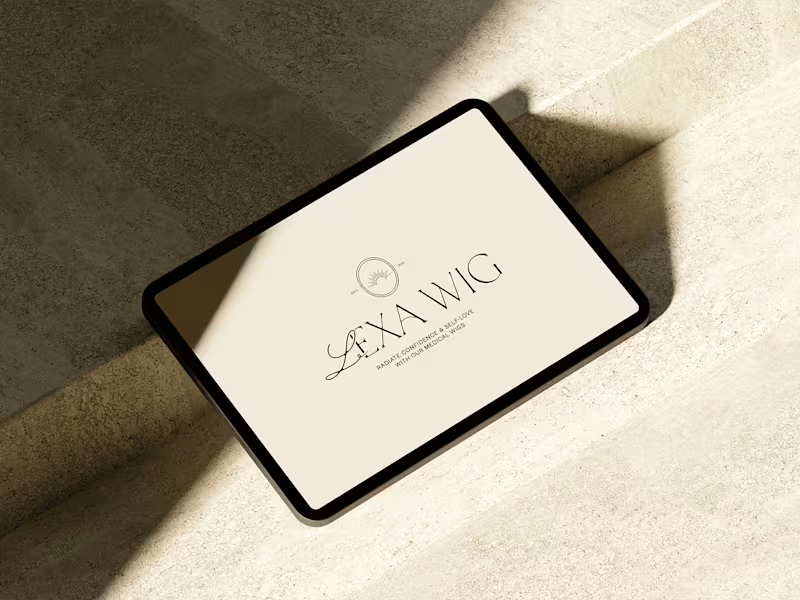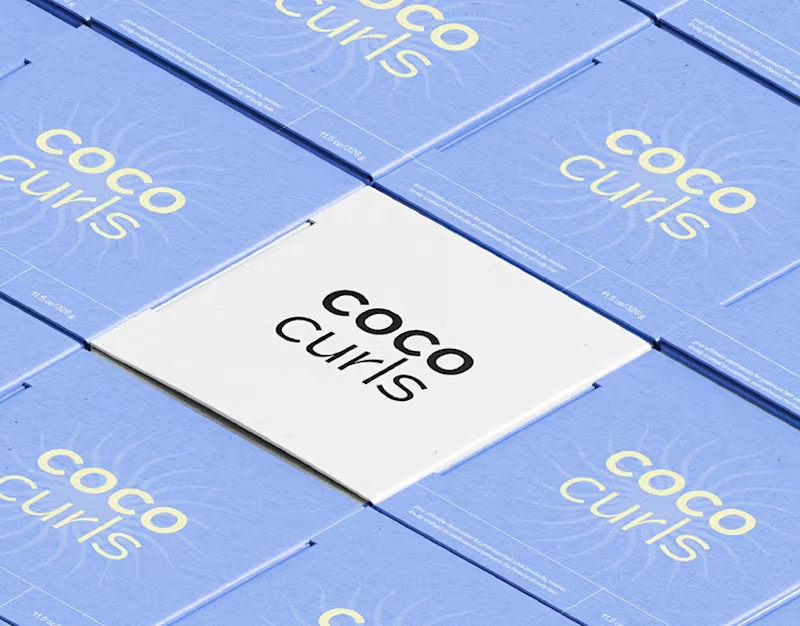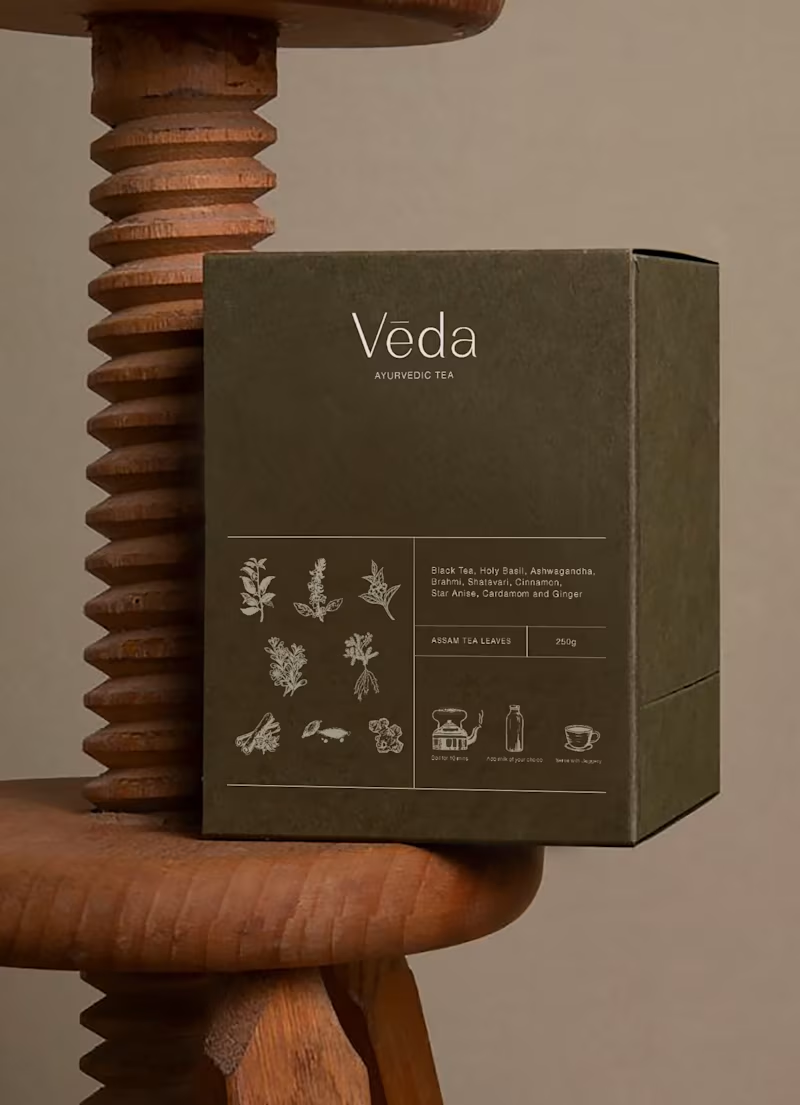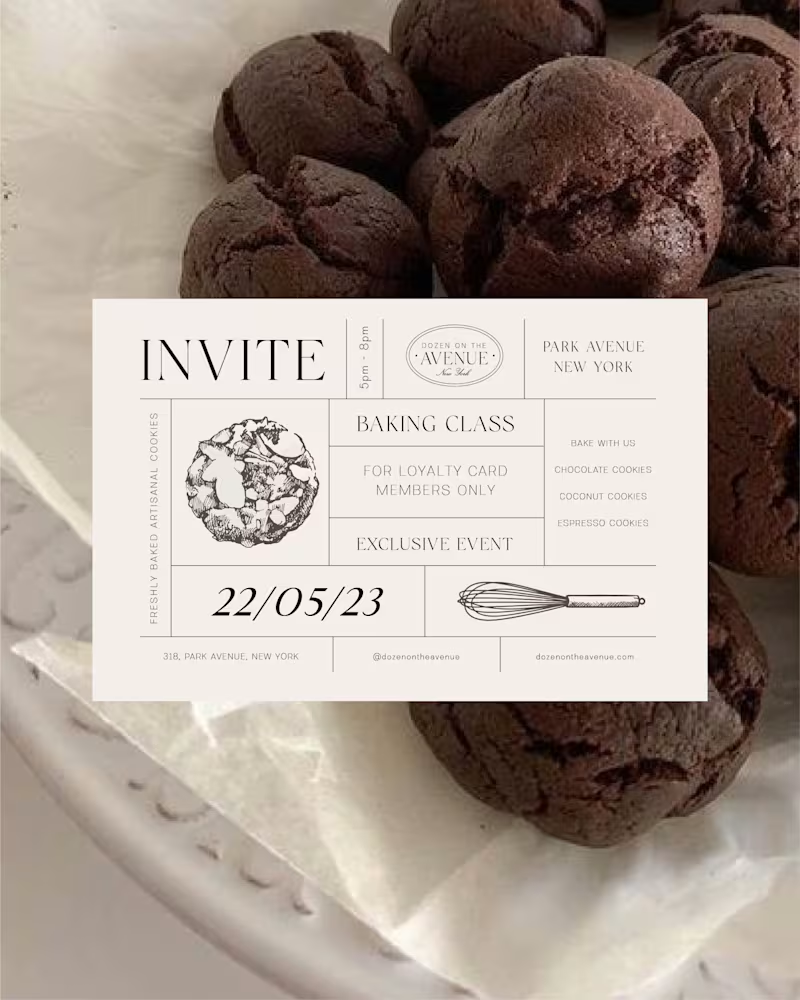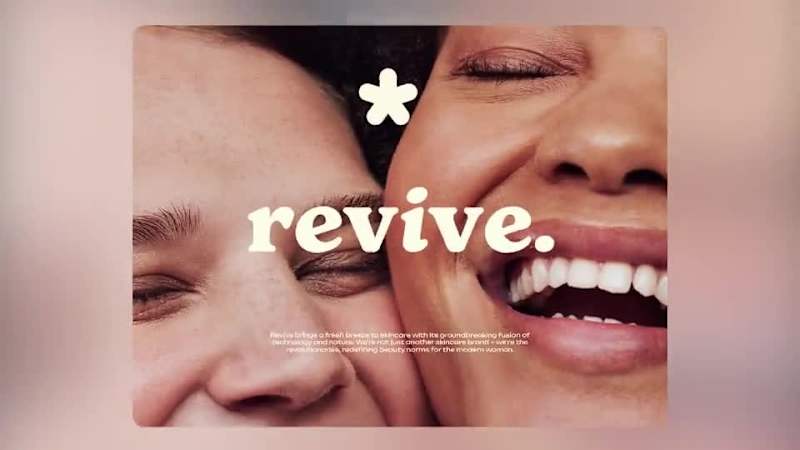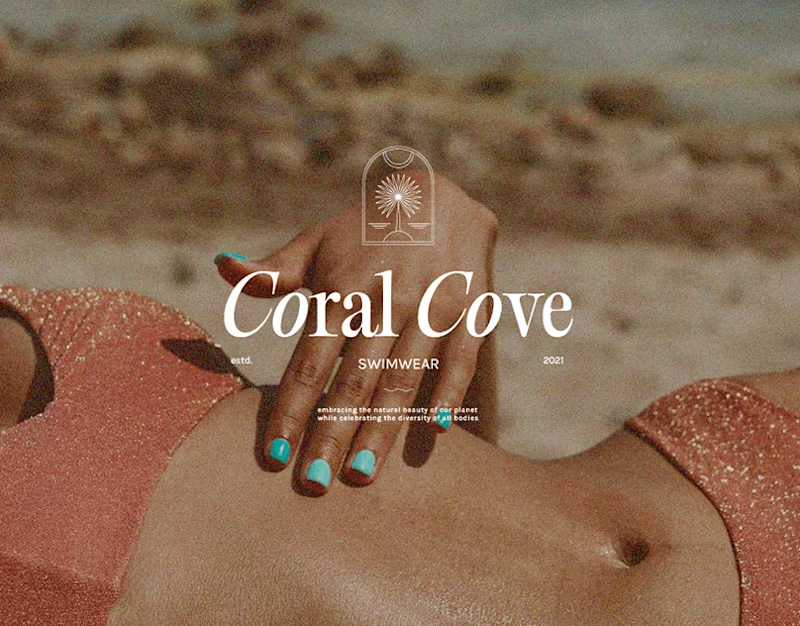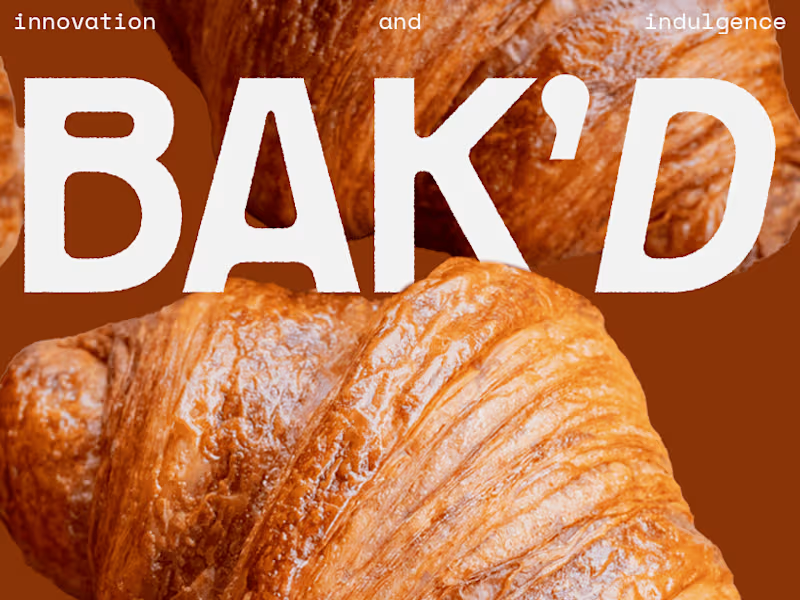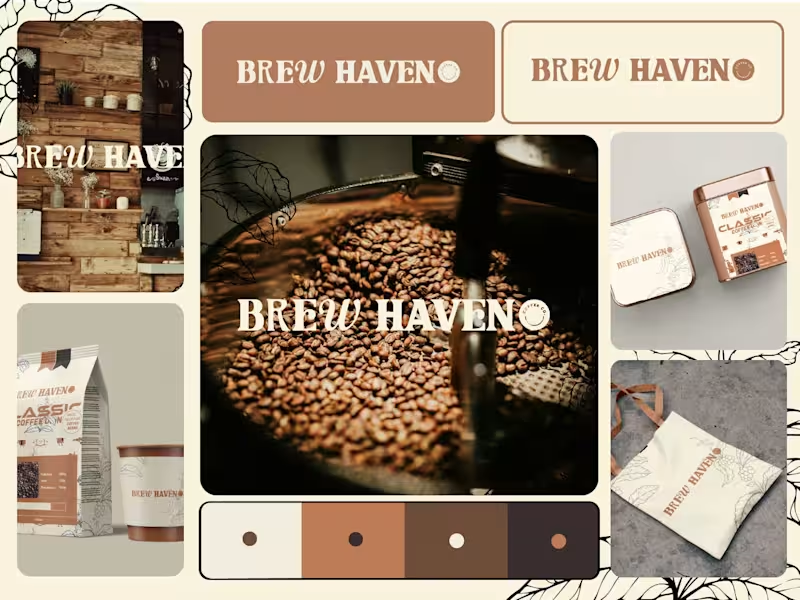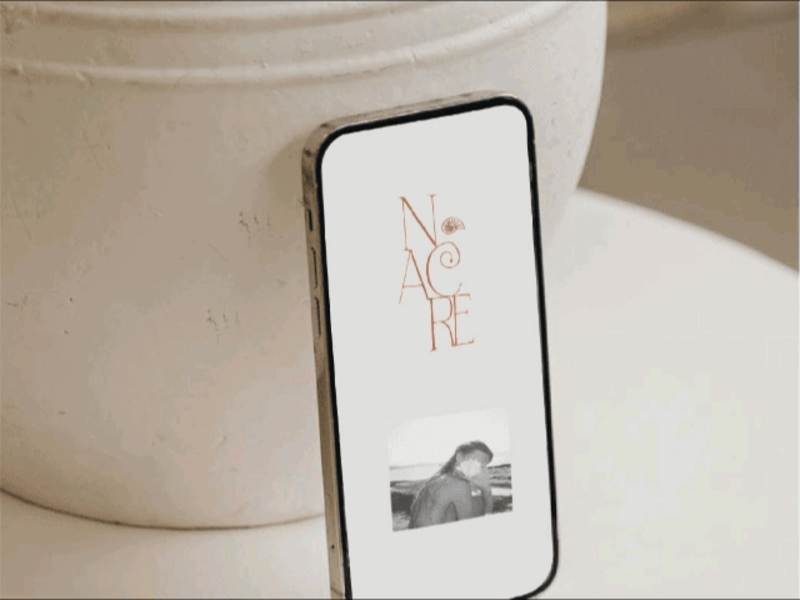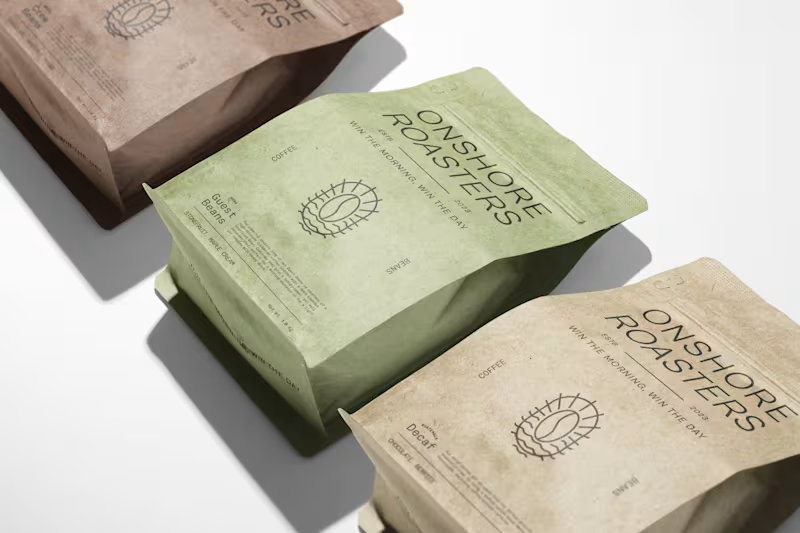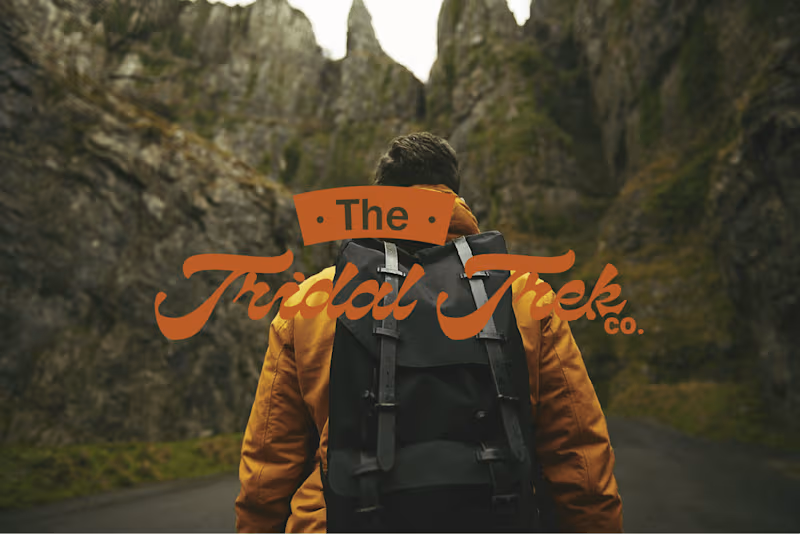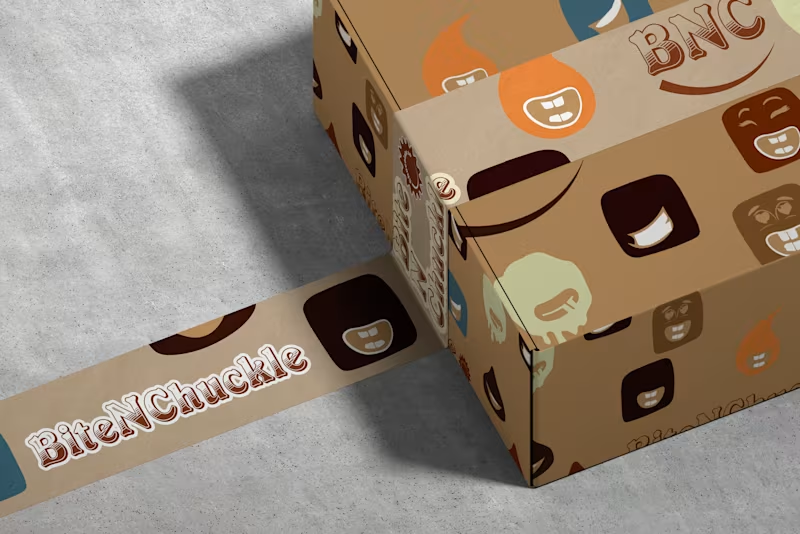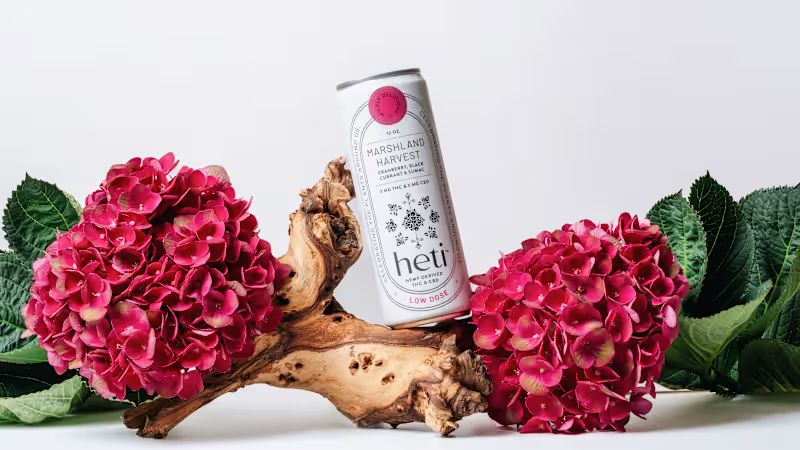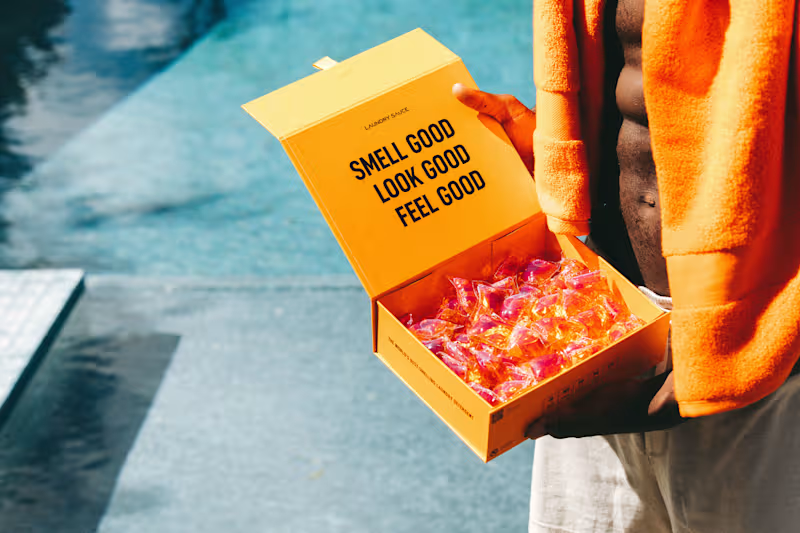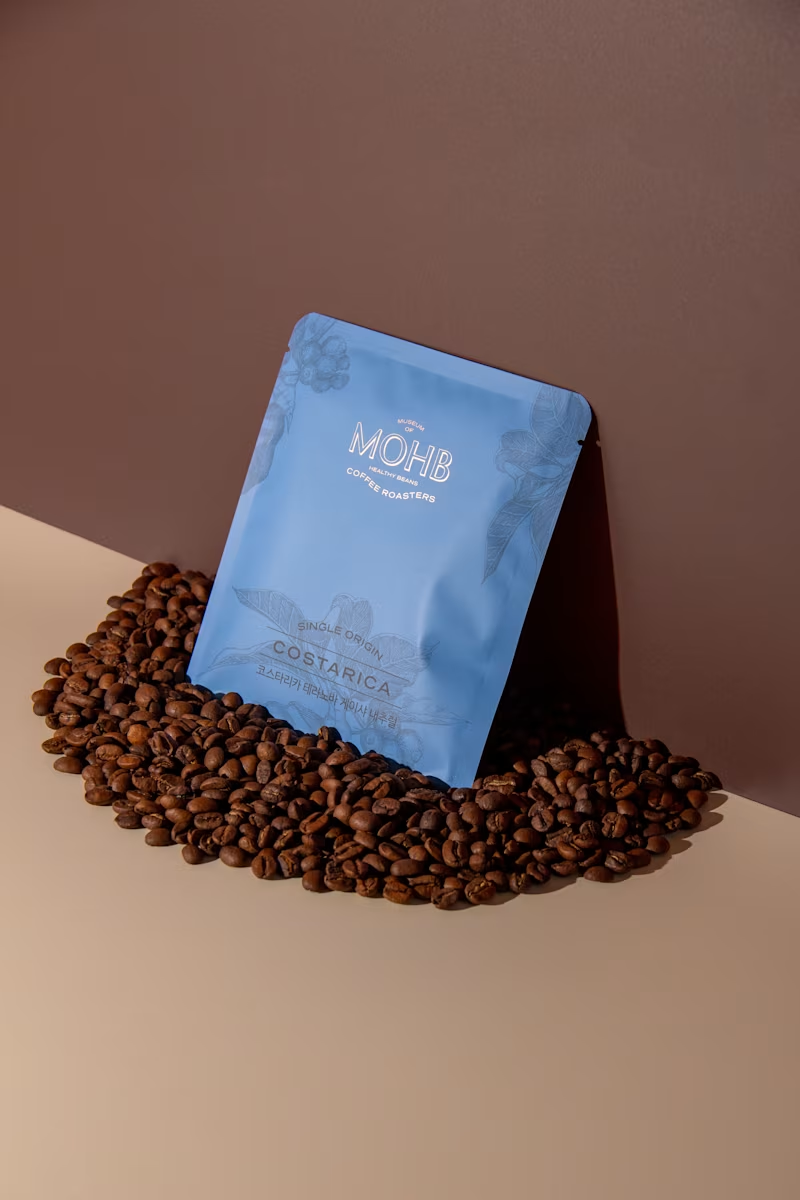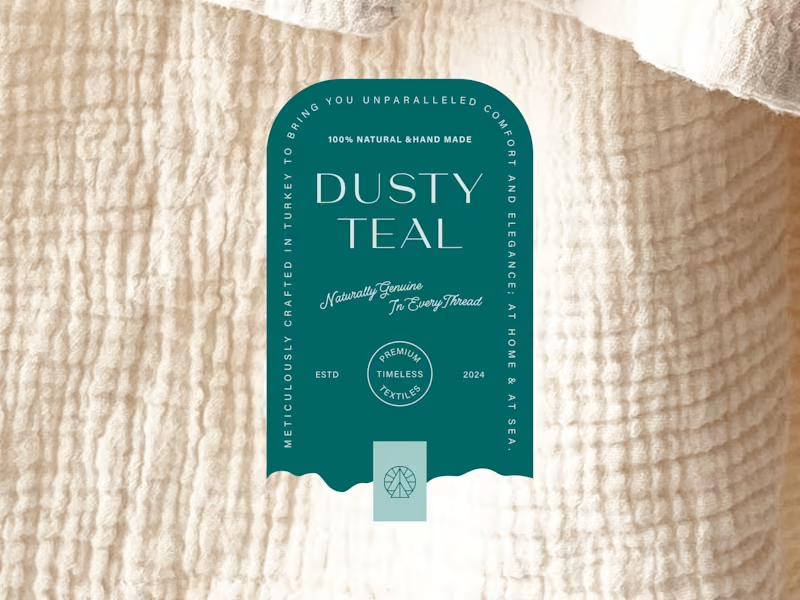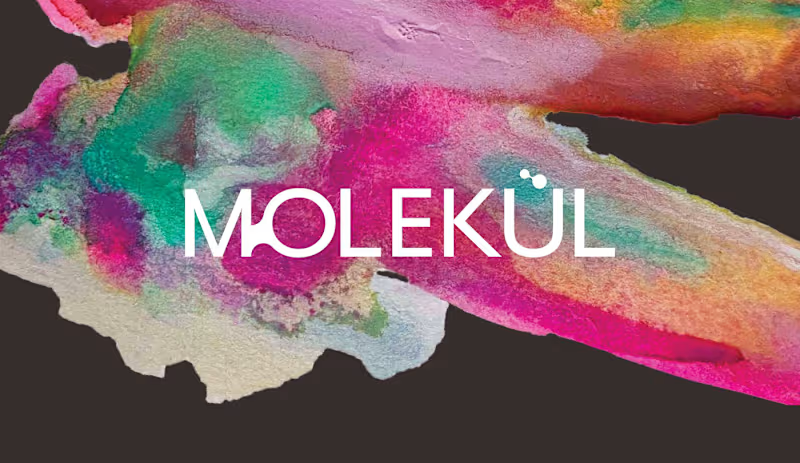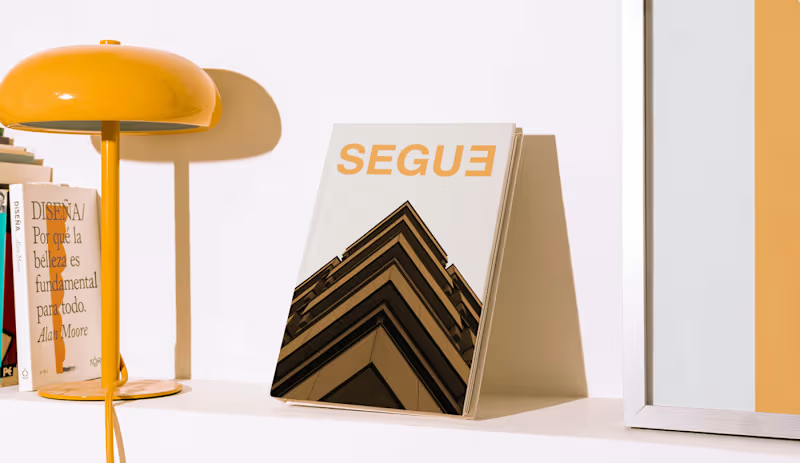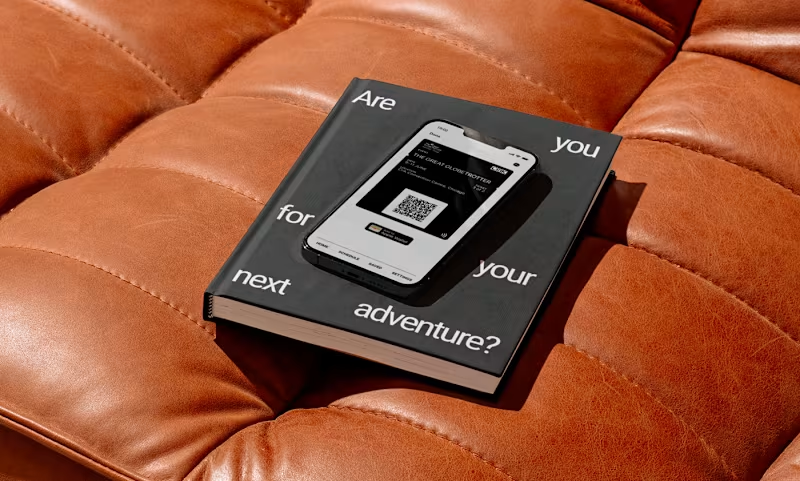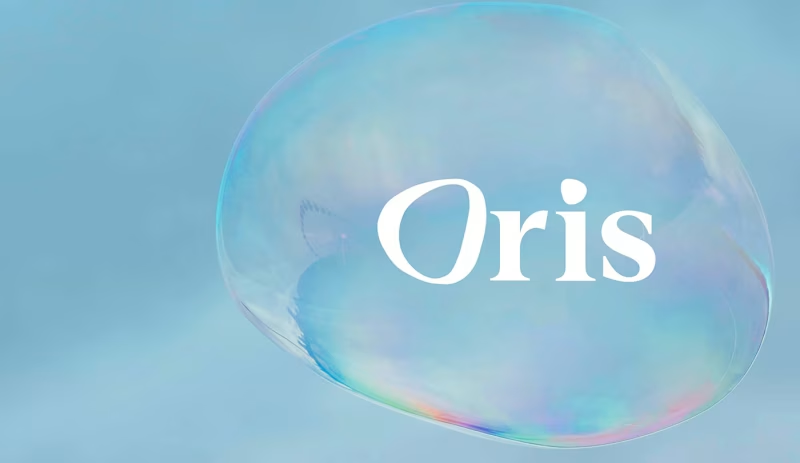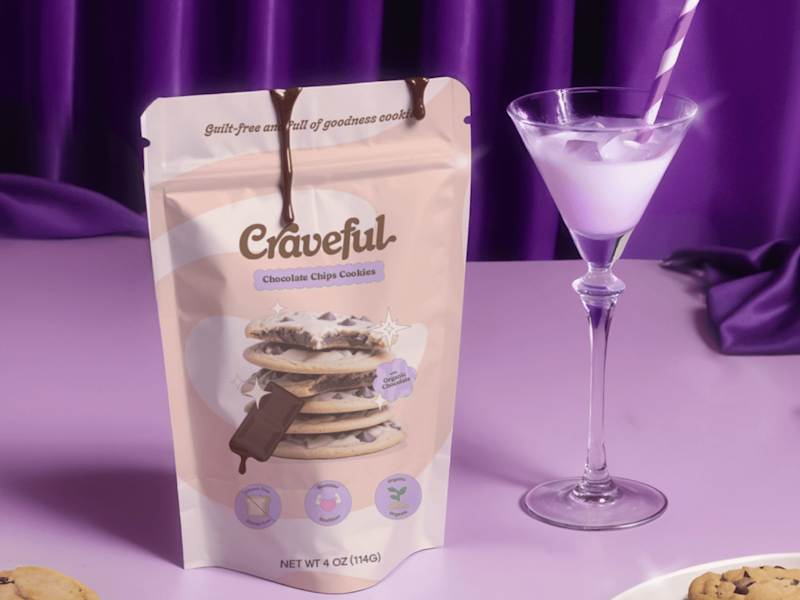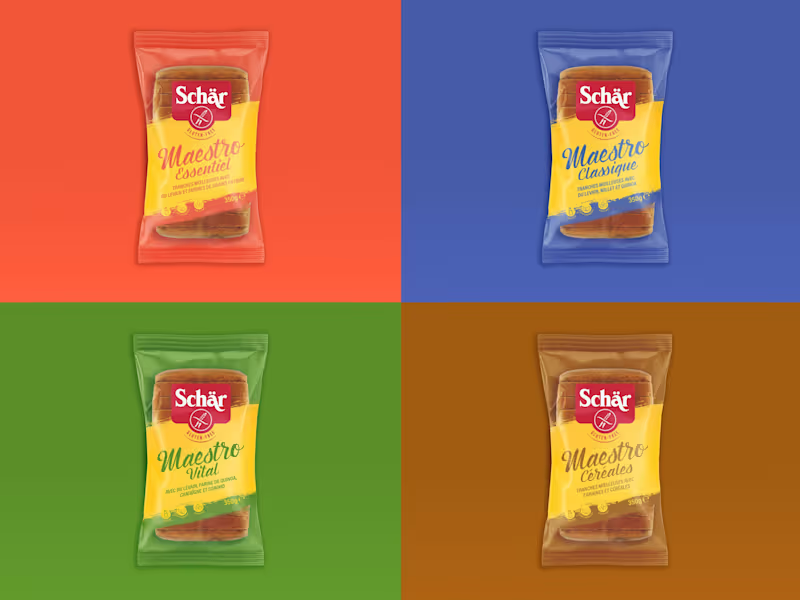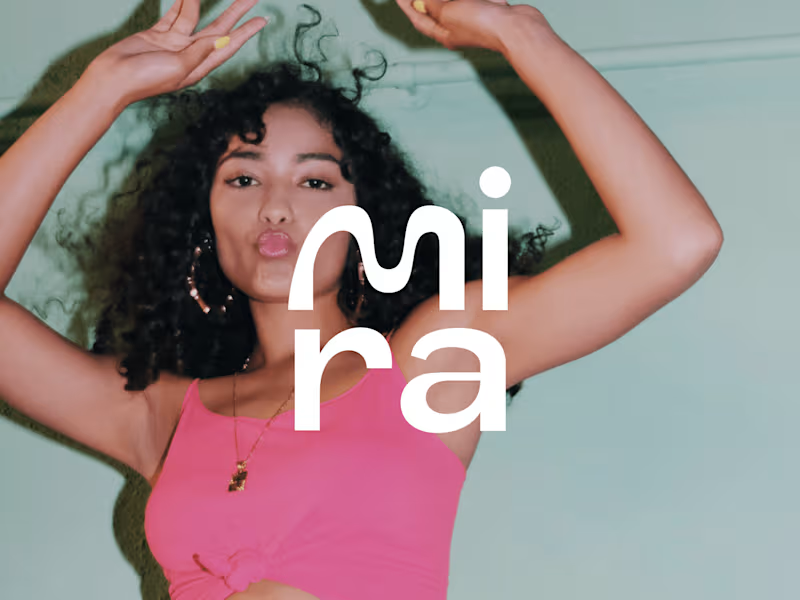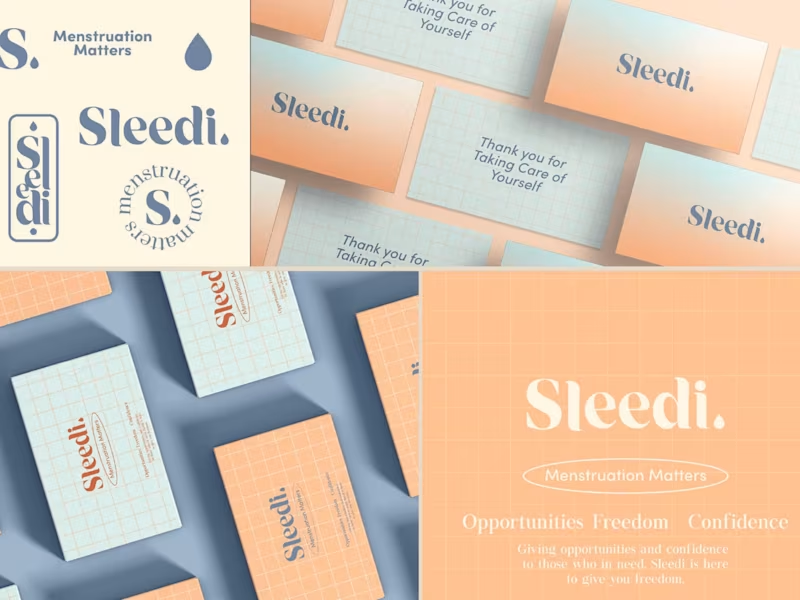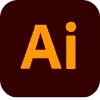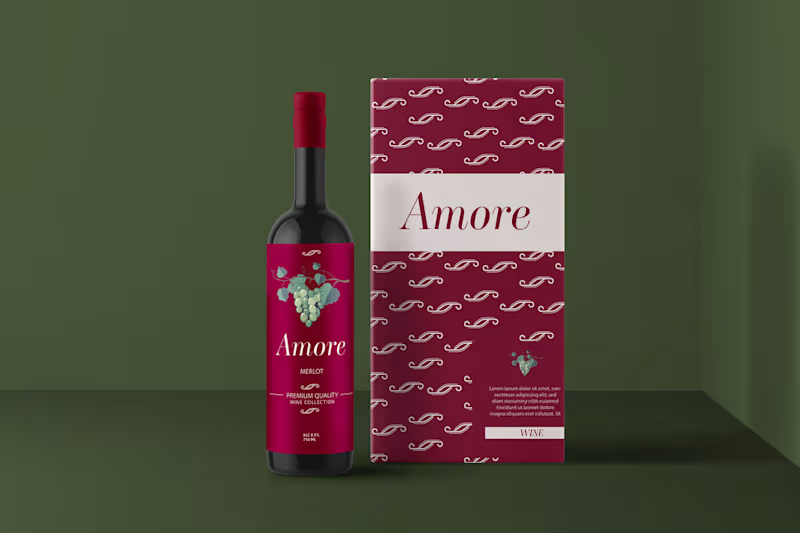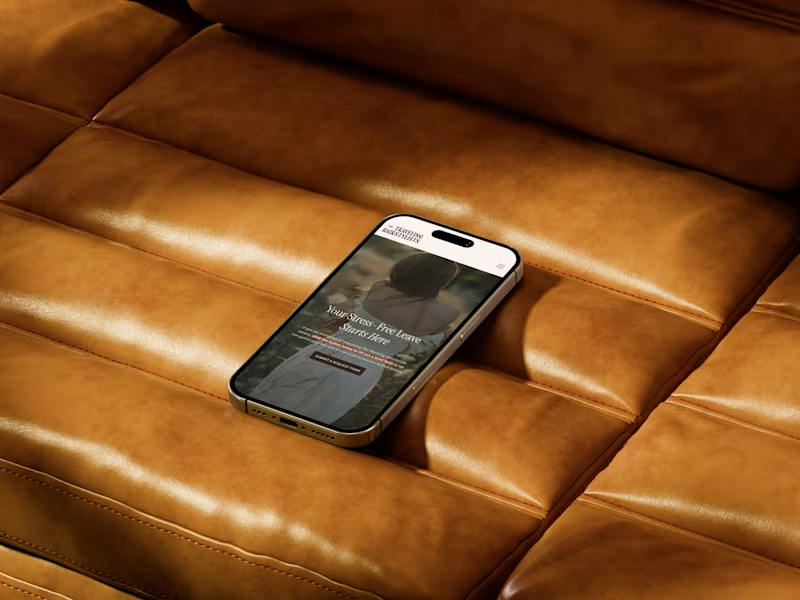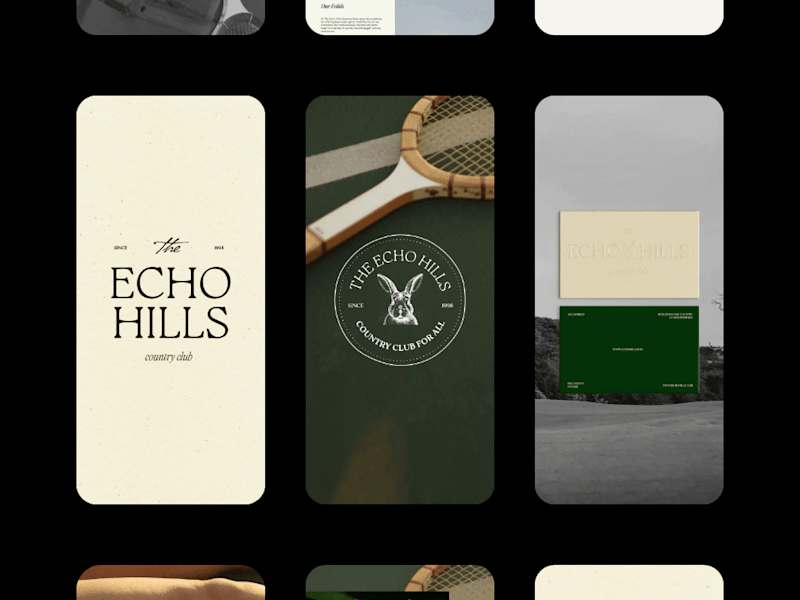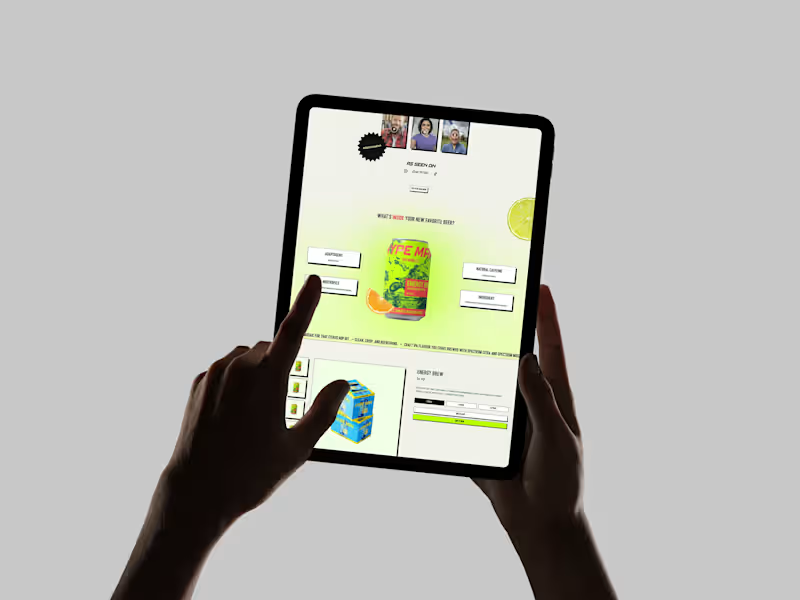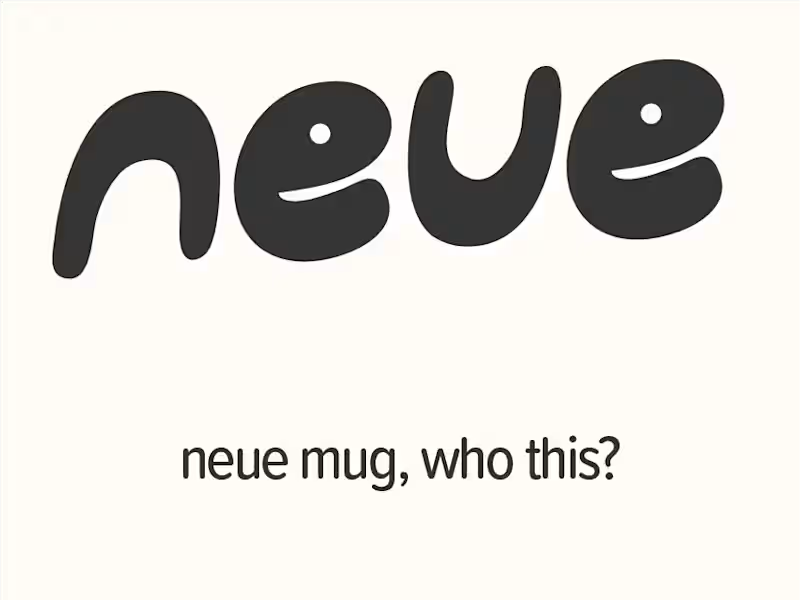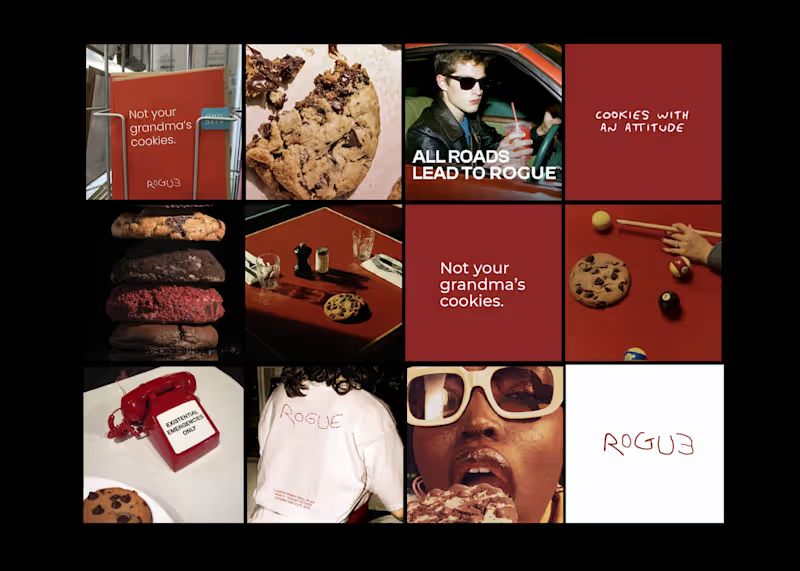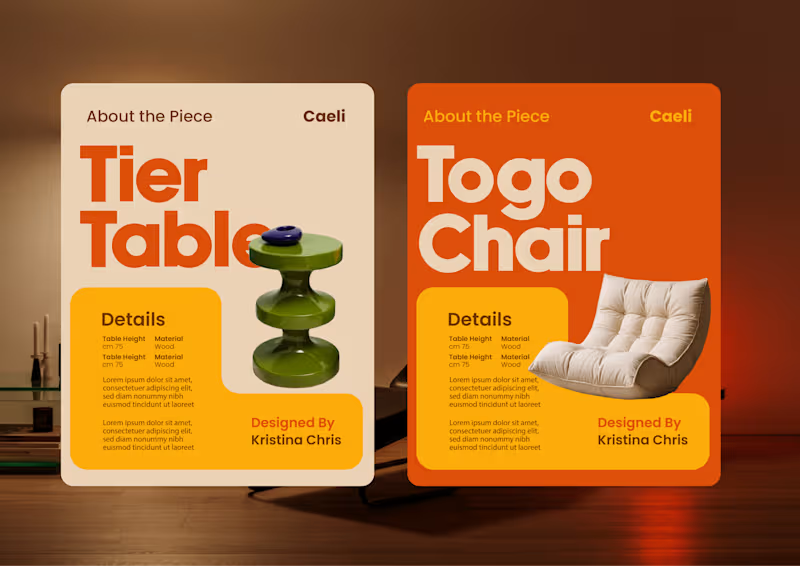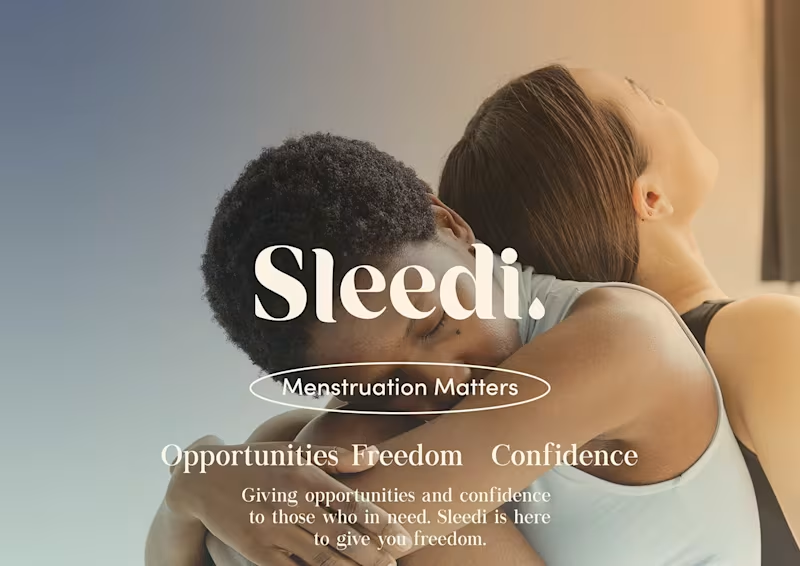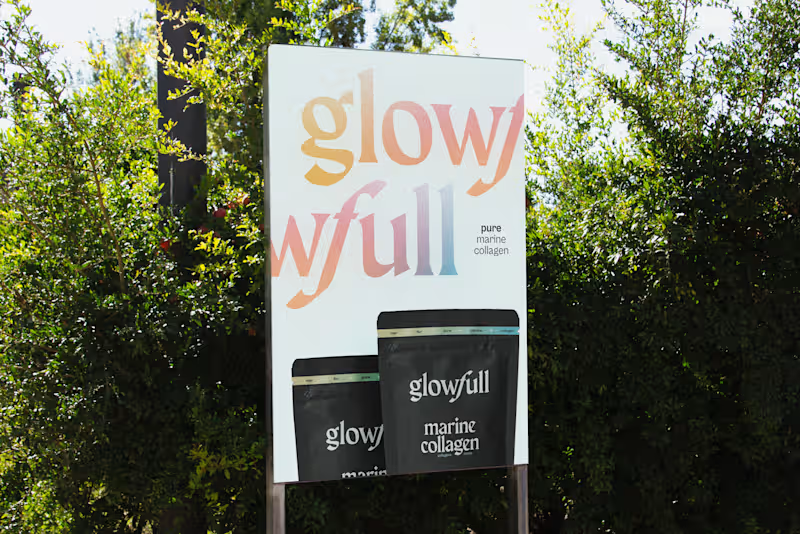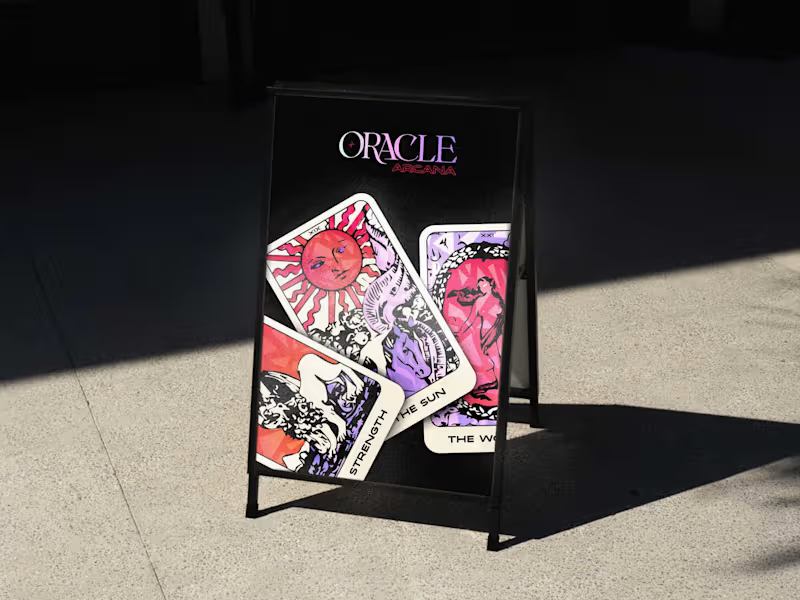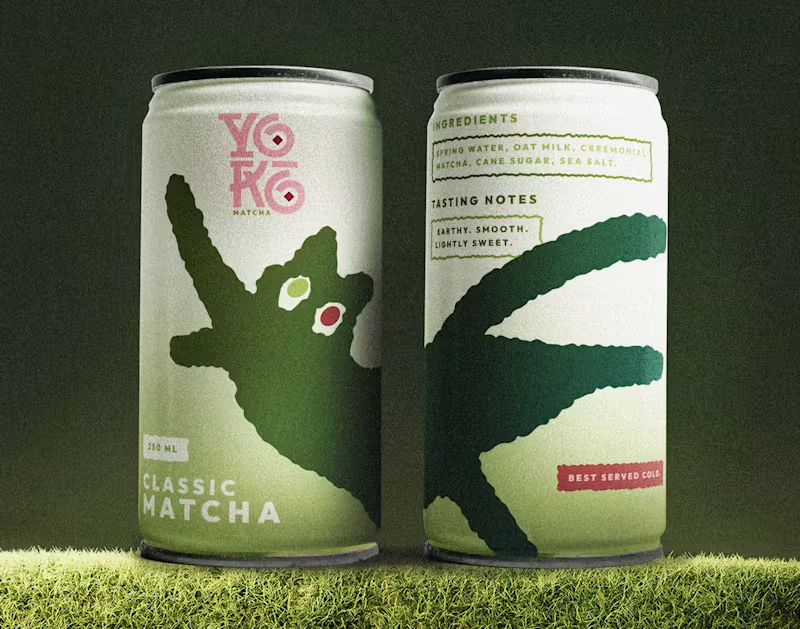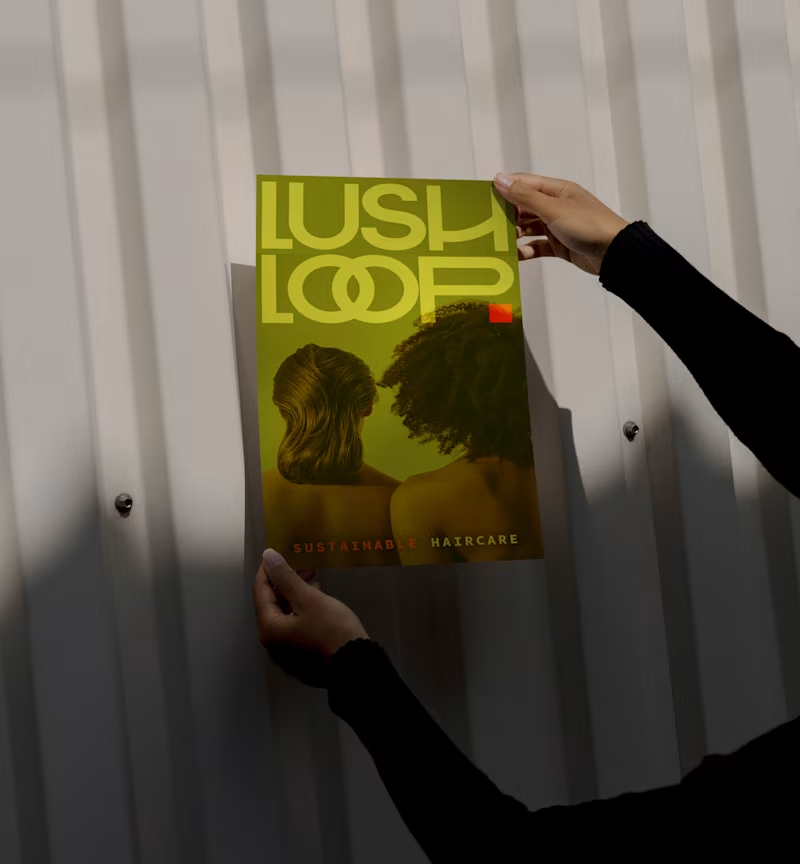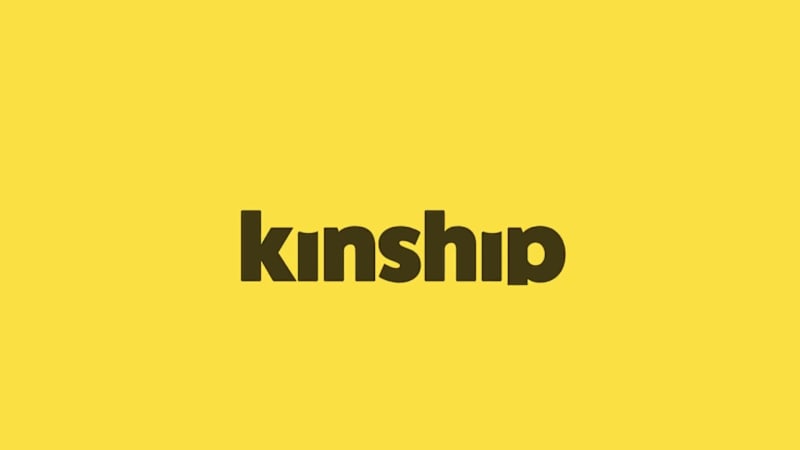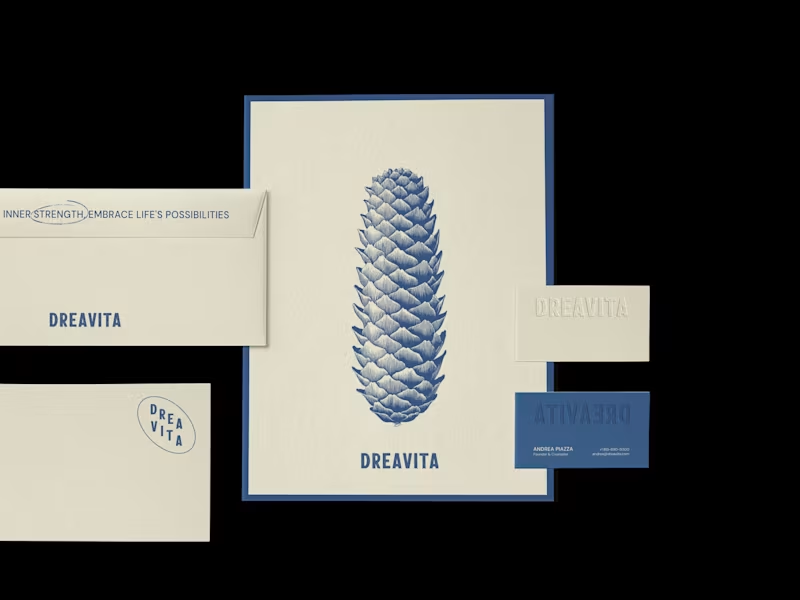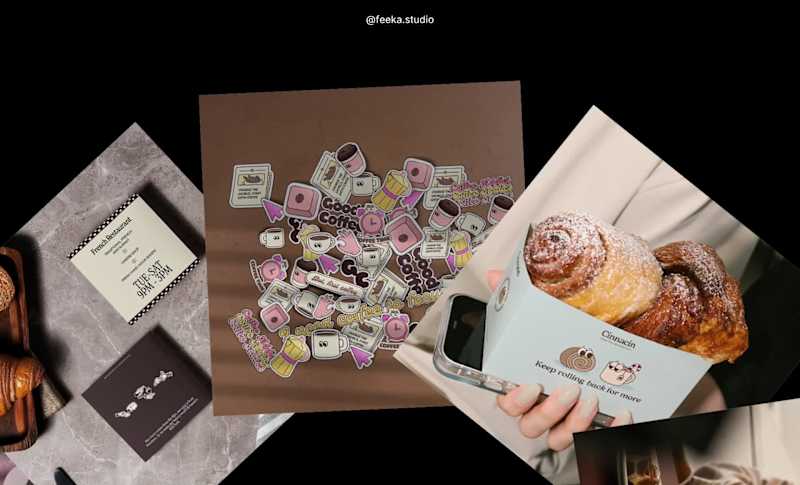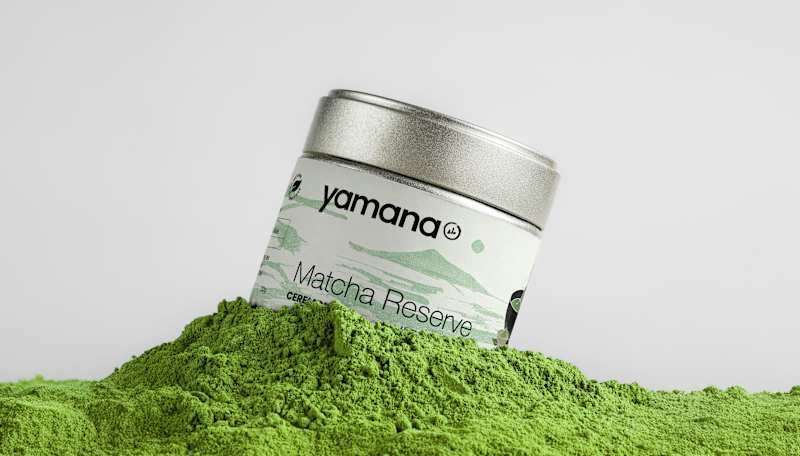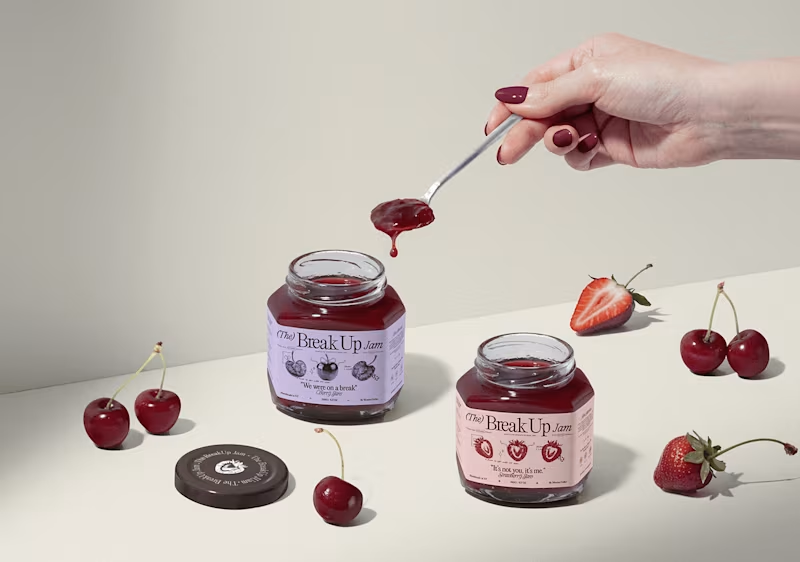What kind of packaging design do I need?
Think about what your product is and who will use it. Do you want your packaging to look modern or classic? Consider the materials and how eco-friendly you want the packaging to be. Understand these things before you talk to a designer.
How do I define the project scope for the packaging design?
Write down everything you want the designer to do. This could be the design for one box or a whole set of packages. Make sure to note any sizes, materials, or styles you need. A clear project scope helps the designer understand your needs.
Which materials are best for my packaging needs?
The choice of material depends on your product and budget. Cardboard is great for boxes, while glass or plastic might be needed for certain items. If being eco-friendly is important, consider recycled materials. Decide this early to help the designer plan.
What should I include in the project brief?
A project brief should have all the details about your product. Include your brand story and any logos or colors you want to use. Mention deadlines and any special things needed, like making the design kid-friendly or easy to open. This helps the designer get your vision right.
How can I make sure the packaging design reflects my brand?
Give the designer examples of designs you like and how they match your brand. Share your brand's mission and values. Provide any brand guidelines or style guides you have. This ensures the design feels consistent with your brand.
What are realistic timelines for packaging design delivery?
Designing can take weeks, depending on complexity. Discuss with the designer how long they usually take. Factor in time for feedback and changes. Agree on timelines early to avoid rushes later.
How do I review and approve design drafts?
Set up a clear process for reviews with the designer. Decide how many rounds of feedback you'll do. Make sure you and the designer use the same tools to share and view designs. This helps everyone stay on the same page.
What files or formats should I expect to receive?
Ask the designer for the final designs in formats suitable for printing. This might include PDF, AI, or EPS files. Ensure they provide digital formats if needed for website use. Confirm this before the project starts to avoid surprises.
How do I handle design changes during the project?
Sometimes you may need changes. Set a plan with the designer on how changes will be requested and handled. Limit the number of revisions to keep everything on track. This keeps the process smooth and ensures quality results.
Who is Contra for?
Contra is designed for both freelancers (referred to as "independents") and clients. Freelancers can showcase their work, connect with clients, and manage projects commission-free. Clients can discover and hire top freelance talent for their projects.
What is the vision of Contra?
Contra aims to revolutionize the world of work by providing an all-in-one platform that empowers freelancers and clients to connect and collaborate seamlessly, eliminating traditional barriers and commission fees.
